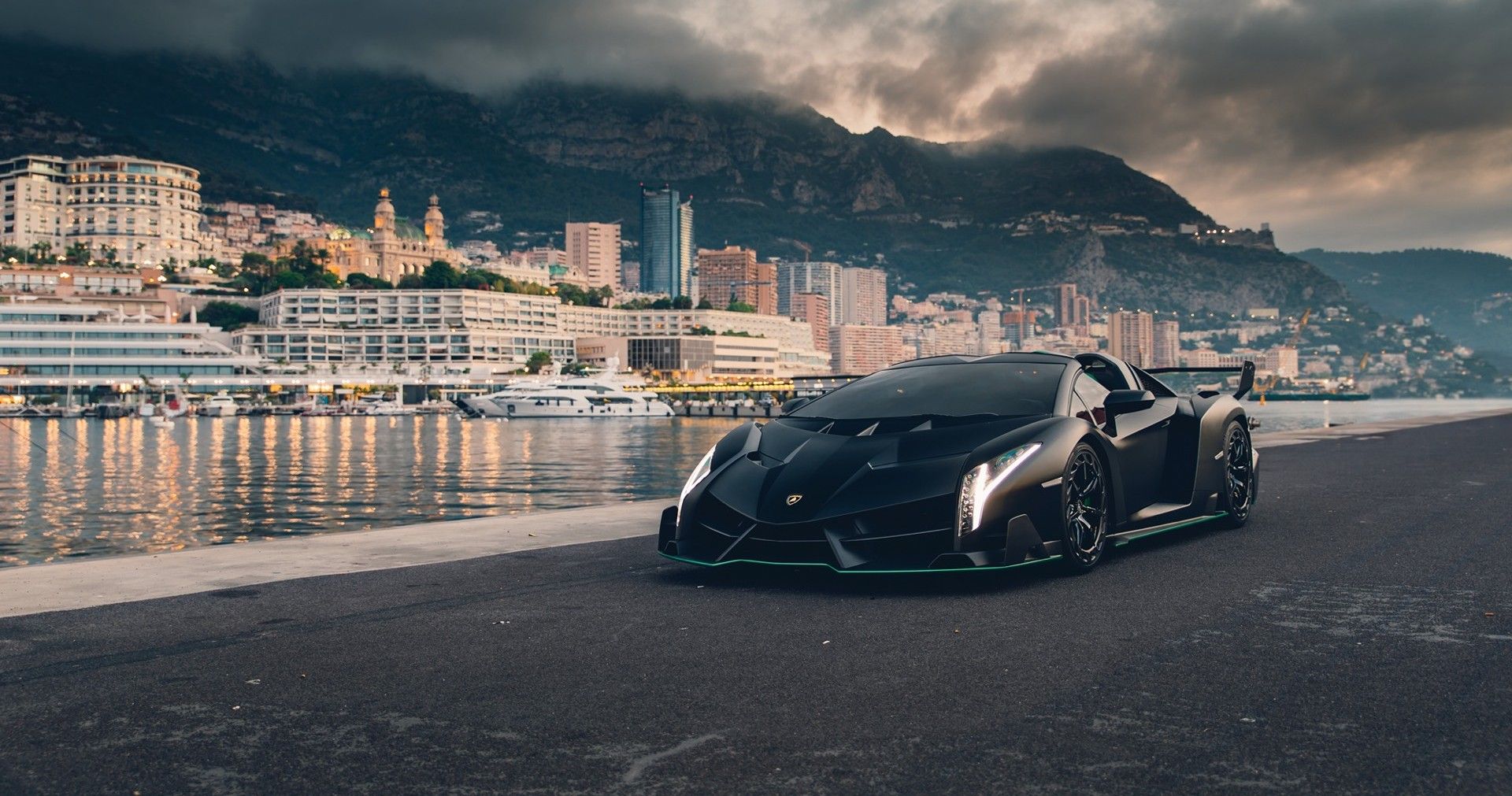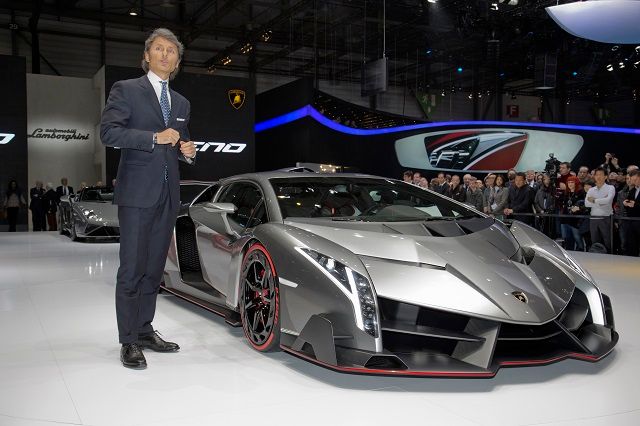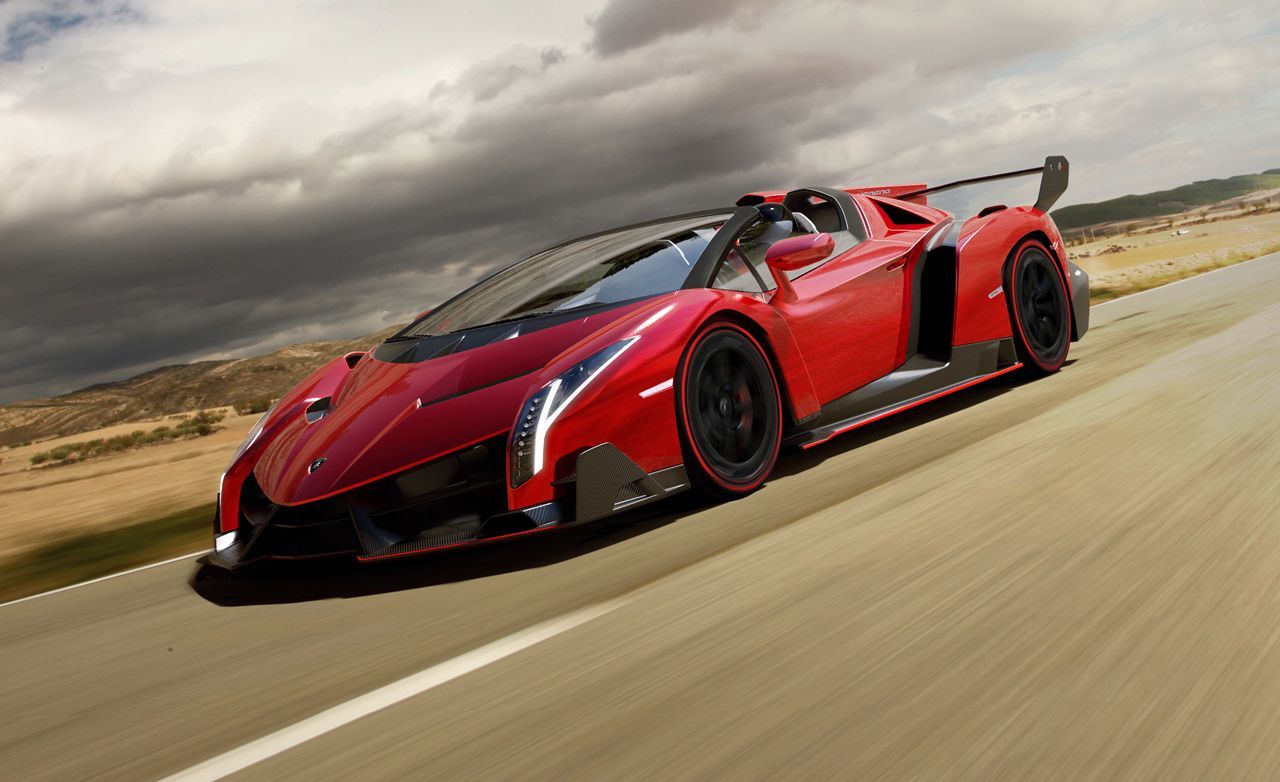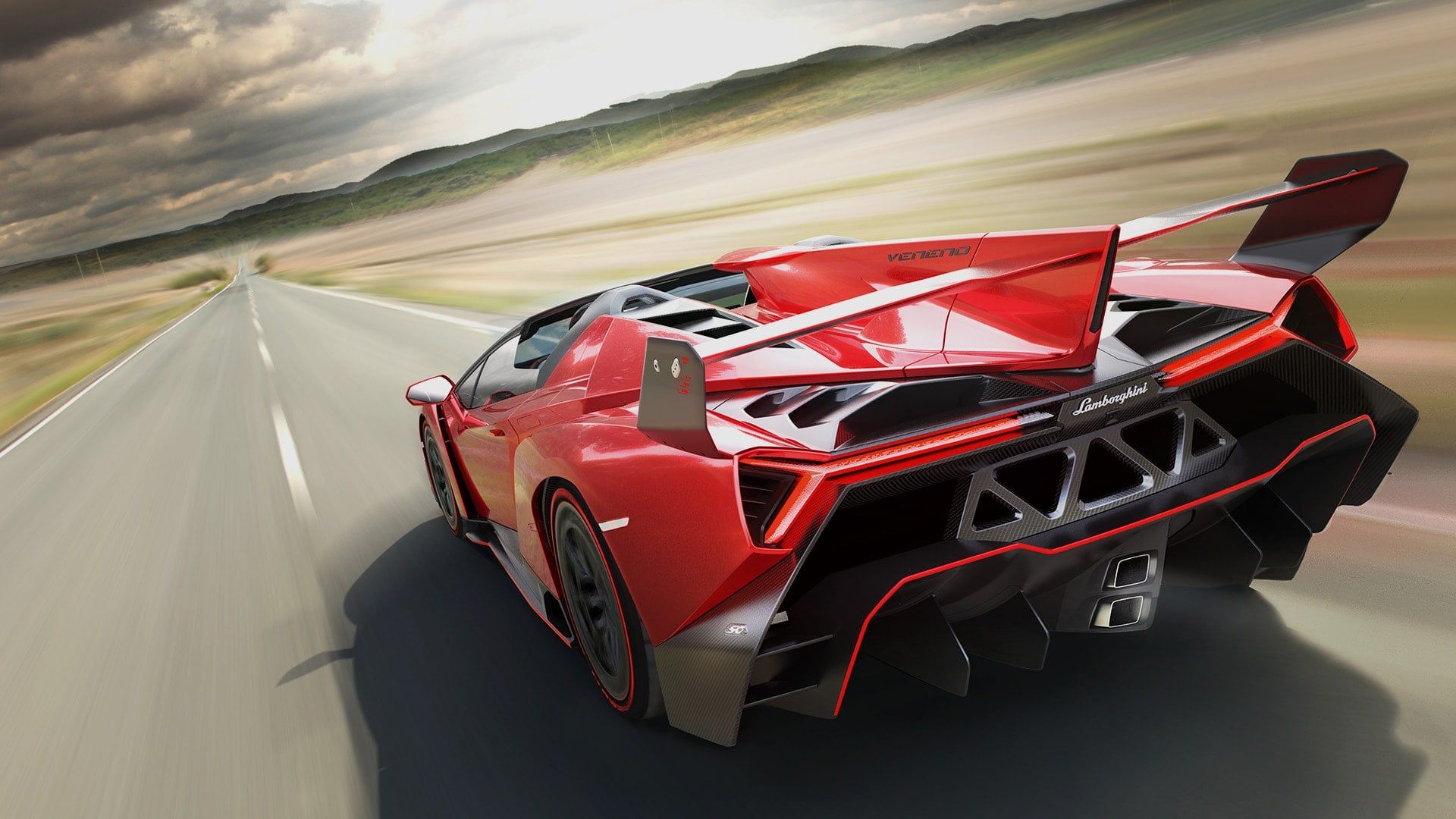If you’re an avid auto enthusiast who dreams of owning a supercar, chances are the name Lamborghini is there in your books. Famously known for making some of the best-looking exotic machinery on four wheels, Lamborghini is more than just art, it’s an emotion, a visual treat that many yearn to experience.
Renowned for its outlandish design and extreme performance, Lamborghini is synonymous with extravagance and insanity. One such example from their fleet of insanely extravagant cars is the Lamborghini Veneno Roadster. An over-the-top spaceship that represents everything that Lamborghini is.
The Veneno was launched to commemorate Lamborghini’s 50th anniversary in 2013. With an eye-watering price tag of $4.5 million, the Lamborghini Veneno was the most expensive car on sale at the time of its launch.
The Lamborghini Veneno Roadster is a convertible version of the Veneno which most certainly qualifies as one of the sickest Lamborghinis to date. Here’s a closer look at the Lamborghini that according to them feels like ‘flying on the road’.
What Makes The Lamborghini Veneno Roadster Special
The Lamborghini Veneno was conceptualized by then CEO Stephen Winkelmann, who’s currently the president and CEO of Bugatti. One of the interesting things about Winkelmann is his ability to convince wealthy clients into doing business with his company. During his days in Lamborghini, Winkelmann was the man behind the Reventon, Sesto Elemento, Veneno, and Centenario. Similarly, with Bugatti, you can see him waving his magic with special editions of the Chiron; the La Voiture Noire, Centodieci, Divo, Pur Sport, and the most recent one being the insanely bonkers Bugatti Bolide. The similarities in his modus operandi are uncanny.
Winkelmann aside, let’s get on with the Lamborghini Veneno which was a beast of a machine. The car was based on the Lamborghini Aventador (LP-700) and essentially used all of its underpinnings albeit with a bit of tinkering. What made the Veneno different from the Aventador was its looks, the functional aero bits, the exclusivity, and of course, the gargantuan price tag.
Keeping the demand high and the hype real, Winkelmann decided to make the Lamborghini Veneno a super low production supercar with units being limited to 3 for the Veneno Coupe and 8 for the Roadster. It should be noted that Lamborghini made 5 Veneno coupes and 9 roadsters in total, with one of the coupes (dubbed car number zero) being used for factory testing while one coupe and one roadster remained at the factory.
Another interesting trivia about the Veneno would be its name. In line with Lamborghini’s tradition, the 50th-anniversary hypercar was named after one of the most fearsome bulls ever, the Veneno. The bull was so strong and aggressive that it killed a matador in 1914. Only these guys could bring such drama over something as trivial as a name.
Blistering Performance
If you’re not bombed by how it looks, wait till you hear its performance figures. The Lamborghini Veneno Roadster puts out 740 horsepower and 509 lb-ft of torque from its 6.5-liter naturally aspirated V12 engine. A jump of 40 hp from the Aventador LP-700 on which it was based. It doesn’t stop there, Lamborghini Veneno weighed 1,490 kilograms (3,285 pounds) which gave it a weight-power ratio of 1.99 kg/ hp (4.28 lbs/ hp) which wasn’t all that impressive for a $4.5 million car but a significant metric nonetheless. The weight advantage was around 500-pounds over the Aventador and helped the Veneno blitz the 0-60 mark in 2.8 seconds. A 7-speed automated manual gearbox mated to an all-wheel-drive system completed the drivetrain layout.
The interiors too saw a weight reduction with extensive use of carbon-fiber inlays dubbed carbon-skin and Alcantara upholstery. It remained very close to what you get in an Aventador but there were certain additions like the Tricolore toggles in the center stack and a kill switch commonly seen in race cars. The red toggle is a pit lane speed limiter while the green and white toggles control various engine functions.
Aerodynamic Overkill
The Veneno is Lamborghini's idea of a race car for the road. The front of the Veneno is designed for improved downforce and maximum airflow. The front and rear arches direct air around the car in order to reduce excessive lift while relieving high-pressure air from inside the wheel wells. The almost flat underbody ensures that the airflow is not interrupted and directs them to the aggressive rear diffuser.
The large carbon-fiber rear wing connected to the Veneno via an LMP-style central fin is three-way adjustable and was the first to incorporate the ALA system. Contrary to what many think, Lamborghini bragged about the ALA helping the Huracan Performante set the Nürburgring record when it was first employed in the Veneno albeit an earlier iteration. The wheels of the car (measuring 20-inch at the front and 21-inch at the rear) have a turbine-like design and direct air to cool the car's carbon-ceramic braking system which is a setup being incorporated into the wheel designs of most modern supercars.
Sources: Wikipedia, Lamborghini





